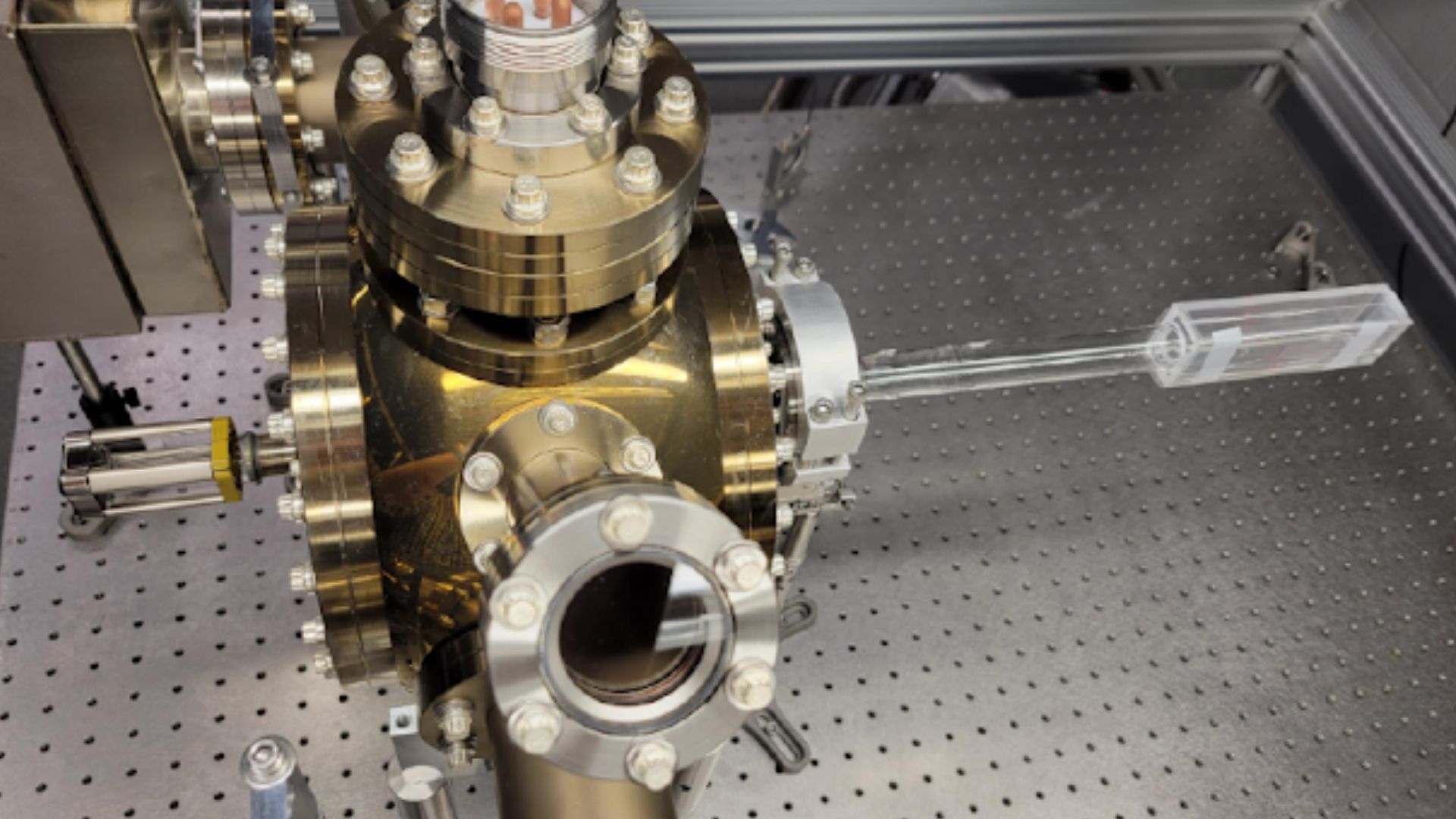In a significant step toward realizing the vision of quantum networks, a University of Illinois Urbana-Champaign (UIUC) research team has achieved a critical breakthrough.
Quantum communication relies on entanglement, a phenomenon where…

In a significant step toward realizing the vision of quantum networks, a University of Illinois Urbana-Champaign (UIUC) research team has achieved a critical breakthrough.
Quantum communication relies on entanglement, a phenomenon where…